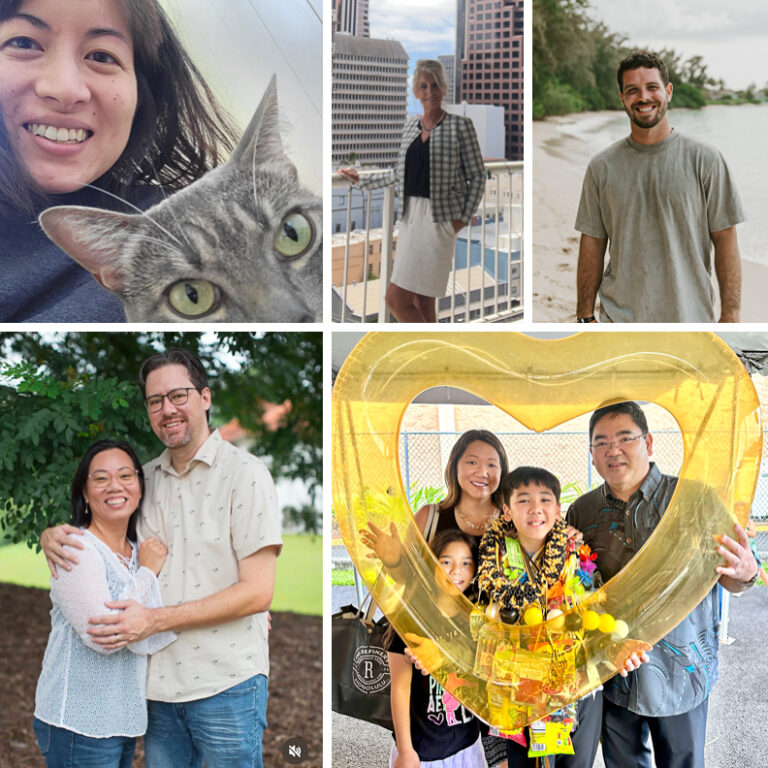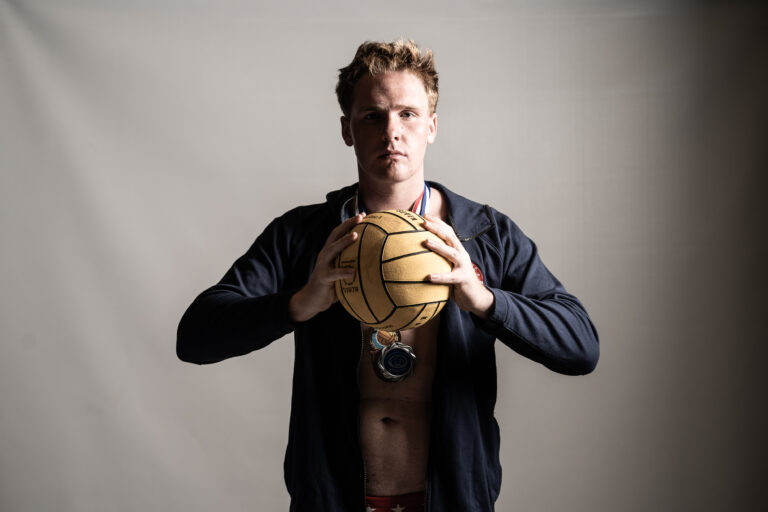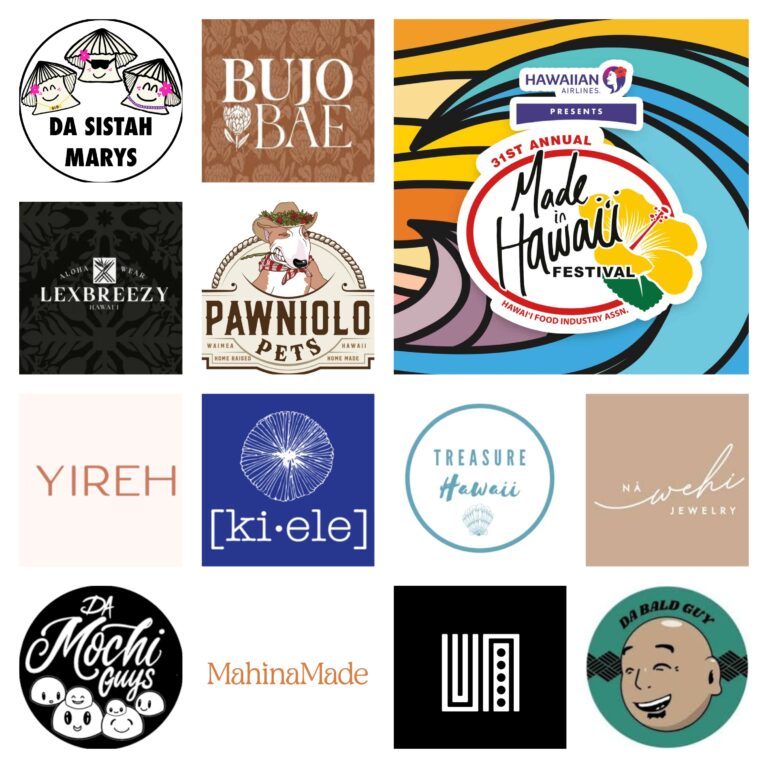On Monday, November 2, the AP Environmental Science class went on a field trip to He’eia fishpond.
On the field trip, students learned about the history of the fishpond and the traditional practices involved. “We wanted to learn more about native Hawaiian sustainability practices and to take an opportunity to give back to a piece of Hawaiian culture,” said Claire Mitchell, AP Environmental Science teacher.
Fishponds were built starting in the 14th century in Hawaii as a reliable source of food and a supplement to fishing. They were constructed on the shore from rock and coral walls, and contained sliding gates to allow small fish to swim through, while trapping bigger fish. This practice is unique to Hawaii and cannot be found anywhere else. “I had no idea how complex the fishponds are,” said Mitchell. “with double walls, and gates through which they can monitor inflow and outflow of water. There is even an area used as a fish nursery.”
After going on a tour of the He’eia fishpond, students helped carry rocks and coral to rebuild a section of the wall that had been damaged for decades. “I really liked the field trip,” said junior Alexa Yoo, “but we were a little unprepared for the extent of labor we had to do.”
In their AP Environmental Science class, students were learning about modern sustainability. Although it is an outdated practice, fishpond fishing proved to be an informative model, for many modern practices have ancient roots. “We learned a lot about how the cause-and-effect theory applies to the ecological losses and gains of the fishpond,” said Yoo. “Because it’s self-sufficient, it works a lot like how many environmental systems work.”
On the field trip, fishpond staff spoke about the future of the pond. The portion of the wall the students helped fix is scheduled to become the foundation for a new hale—a small house—so that the fishpond staff can better monitor the pond’s fish population. The staff is also planning on restoring the pond in the hope that it can be used to feed their local ahupua’a, or subdivision, in the future. Mitchell said, “This field trip was extremely educational and gave us an opportunity to give back to the community in a really special and unique way.”






